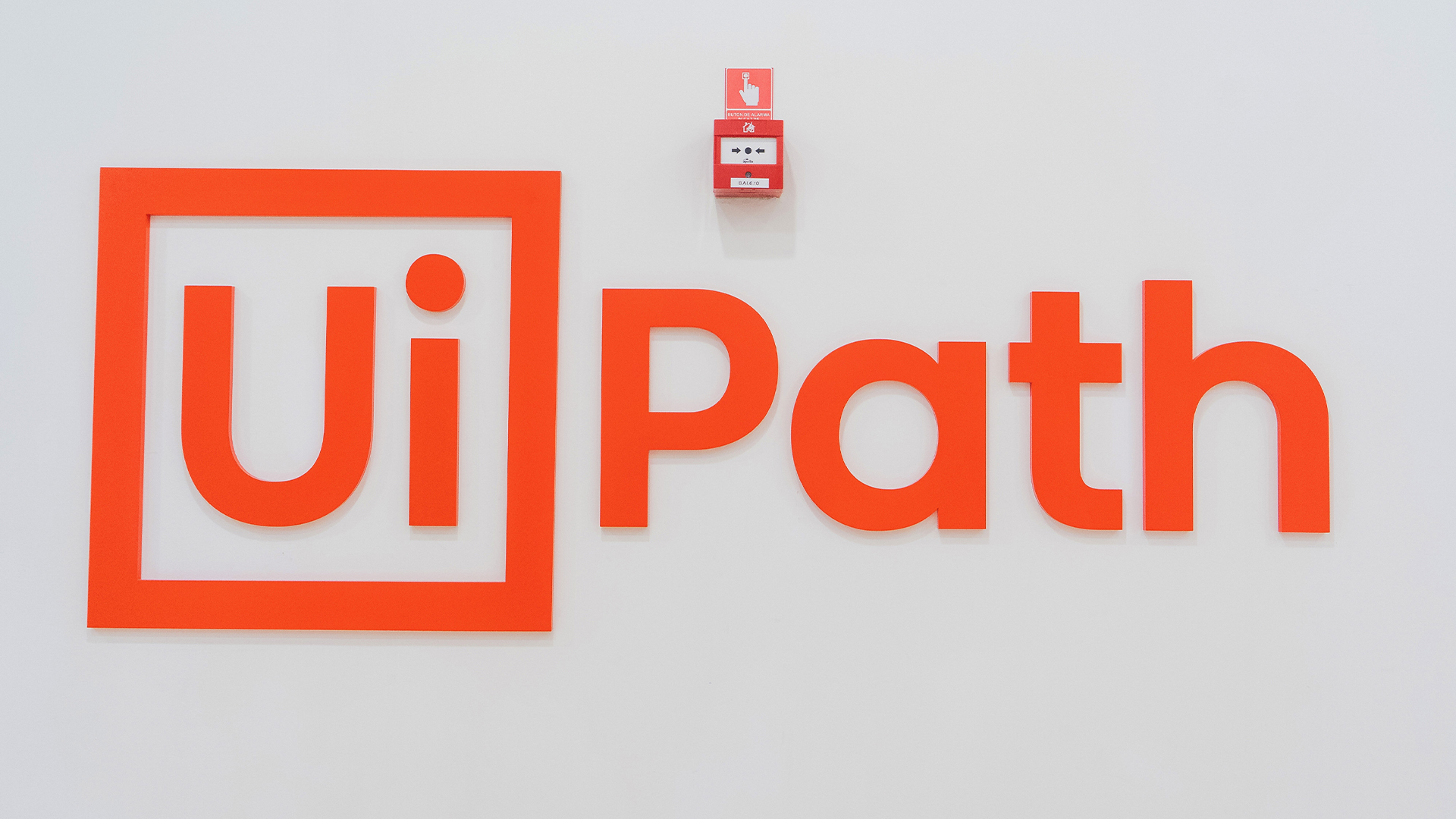Do you really need to invest in new technology?
There's a difficult balance between adding complexity with little benefit and letting systems become outdated


Every organisation needs to plan for its future and put systems in place to help achieve its goals. Never has that been more apparent than in 2020. The world has changed in ways we couldn’t have imagined, and inevitably businesses have had to adapt and consider how they will operate going forward.
With this in mind, you may be tempted to simply pile everything into new technologies. It’s true that some tech upgrades have been essential this year – tools and services with the ability to connect employees remotely have kept many businesses afloat during these unprecedented times. But how far do you need to go with these investments? And just because you’re transforming one area of your business, do you need to update everything?
Better tech will speed up internal processes like accounting and resources management, as well as external relationships with customers, clients, suppliers and partners. But does the impetus to innovate and change through technology sometimes drive the organisation? There are often questions to be answered as to whether all the changes put forward are really necessary. Will new technology actually bring about a great solution or improved systems? Importantly, is it ever OK just to let tech sit as it is and take a ‘do nothing’ approach?
What is the problem – really?
Technology is not in itself a fix for organisational problems. It can be part of the fix, as a tool in the box, but it is not magic fairy dust. As Bryan Betts, Principal Analyst at Freeform Dynamics, tells IT Pro, it can be used “as a means to an end, not as an end in itself.” Let’s consider online sales: if they are poor, it may not necessarily be because of website issues. Instead, the problem could be linked to organisational factors, high prices, or even problems with the quality of the product itself.
RELATED RESOURCE

How e-signatures can accelerate workplace transformation for all areas of your business
Enabling remote workers through e-signature technology
New technologies should never be introduced without being thoroughly thought through, justified, planned and roadmapped, both organisationally and financially. Betts, has some words of caution: “Introducing new technology for its own sake is rarely going to do more than increase support and training costs. Sometimes we lose sight of the fact that the ‘transformation’ element of digital transformation refers to the organisation and its operations.”
It is also the case that new technologies need to be thoroughly assessed, so that what they can – and can’t – offer is fully understood. Dr. Ying-Ying Hsieh, Assistant Professor of Innovation and Entrepreneurship at Imperial College Business School tells IT Pro: “Taking up innovation at the organisational level requires a critical assessment of the viability and the fit. A manager can only make informed decisions when he or she has deep knowledge of the technology.”
Beware of creating a backlog
While applying new technology for its own sake isn’t advised, organisations that stick with older ways of doing things might be saving up problems for the future. Cutting back on IT spending generally is likely to be a false economy. Consider, for example, the problems that might surface if an old version of a favourite application continues to be used because staff really like it, and/or it’s embedded in other systems so deep that it’s tricky to uncouple.
Sign up today and you will receive a free copy of our Future Focus 2025 report - the leading guidance on AI, cybersecurity and other IT challenges as per 700+ senior executives
Newer products will be passed over, even though they could be more streamlined, more user-friendly and offer more useful features. Integration with other products will get harder, and may eventually become impossible. Time-consuming workarounds will get more expensive. Over time, security will become an issue. Eventually, a change will have to be made, and perhaps by the time it comes, the organisation will have spent a small fortune avoiding the inevitable.
For example, consider the move from Windows 7 to Windows 10. For many organisations a gradual change from the older to newer platform, across different departments or teams, in accordance with a costed, budgeted, scheduled roadmap is likely to be more cost efficient than finding it difficult to achieve some tasks or process some workflows as the older system really starts to struggle.
Rolf von Roessing, ISACA (Information Systems Audit and Control Association) board vice chair tells IT Pro: “Spending as little as possible on any IT asset is a significant risk if there are no reserves for the ‘big heave’ investment that is bound to become necessary when legacy technologies are discontinued.”
Keep an eye on the tech game-changers
Especially in the current climate, with organisations adapting to the ‘new normal’ at impressive speeds and disrupters emerging to make the most of the situation, keeping an eye on what’s going on around you is vital. It is important to monitor competitors and the technologies that are moving things on in the wider world. Both are aspects of the general ‘horizon scanning’ that will affect how the organisation progresses.
Hsieh uses the example of banks to make the point. They were early to jump into using computers for the provision of services. “Their legacy systems were created in the 60s and 70s, but the banks are still using them to handle customers’ accounts because they are too big and too complex to change,” she says.
Such banks are being challenged by newer, startup banks with customer friendly apps and back end systems that those using legacy technology struggle to match. These challenger banks can be faster to react to changing user demands and to launch new services, and more adept at meeting regulatory requirements. They can be more profitable too.
This type of experience isn’t just applicable to banks. Hsieh explains: “Large firms or industry leaders can be trapped by the competency they built. In management theory, we call it the ‘competency trap’, which prevents the company from learning and innovating.”
In the end, then, it seems it’s never a good thing just to hold your ground and work with the technologies you have till they fall over. But it is also important to see technology for what it is – a means to an end, a tool to help the organisation do better, and not a fix for problems in its own right.

Sandra Vogel is a freelance journalist with decades of experience in long-form and explainer content, research papers, case studies, white papers, blogs, books, and hardware reviews. She has contributed to ZDNet, national newspapers and many of the best known technology web sites.
At ITPro, Sandra has contributed articles on artificial intelligence (AI), measures that can be taken to cope with inflation, the telecoms industry, risk management, and C-suite strategies. In the past, Sandra also contributed handset reviews for ITPro and has written for the brand for more than 13 years in total.
-
 Google is scrapping its dark web report feature
Google is scrapping its dark web report featureNews Google said while the dark web report feature offered “general information”, the tool didn’t provide “helpful next steps” for users potentially impacted by a breach.
-
 AI means you're probably going to need bigger developer teams
AI means you're probably going to need bigger developer teamsAnalysis Software developers may be forgiven for worrying about their jobs in 2025, but the end result of AI adoption will probably be larger teams, not an onslaught of job cuts.
-
 UK firms are pouring money into AI, but they won’t see a return on investment unless they address these key issues
UK firms are pouring money into AI, but they won’t see a return on investment unless they address these key issuesNews An SAP report projects increased AI investment, but cautions that too many organizations are taking a fragmented approach
-
 Intel makes high-level hires while factory workers are warned of layoffs
Intel makes high-level hires while factory workers are warned of layoffsNews The company is appointing four senior executives as part of efforts to refocus on engineering and customer relationships
-
 UiPath names Simon Pettit as new AVP for UK and Ireland
UiPath names Simon Pettit as new AVP for UK and IrelandNews The seasoned leader will spearhead region-specific transformation projects as UiPath looks to drive operational growth and customer engagement
-
 Optimise CX and accelerate business growth through your voice network
Optimise CX and accelerate business growth through your voice networkwhitepaper Protecting the human experience in a digital world
-
 Enterprises are doubling down on IT optimization strategies – and it’s delivering huge financial returns
Enterprises are doubling down on IT optimization strategies – and it’s delivering huge financial returnsNews Organizations that have cracked IT cost optimization and innovation reap the rewards both financially and in terms of time to market.
-
 IDC InfoBrief: Sustainability doesn’t need to be all stick and no carrot
IDC InfoBrief: Sustainability doesn’t need to be all stick and no carrotwhitepaper CIOs are facing two conflicting strategic imperatives
-
 How to empower employees to accelerate emissions reduction
How to empower employees to accelerate emissions reductionin depth With ICT accounting for as much as 3% of global carbon emissions, the same as aviation, the industry needs to increase emissions reduction
-
 Worldwide IT spending to grow 4.3% in 2023, with no significant AI impact
Worldwide IT spending to grow 4.3% in 2023, with no significant AI impactNews Spending patterns have changed as companies take an inward focus